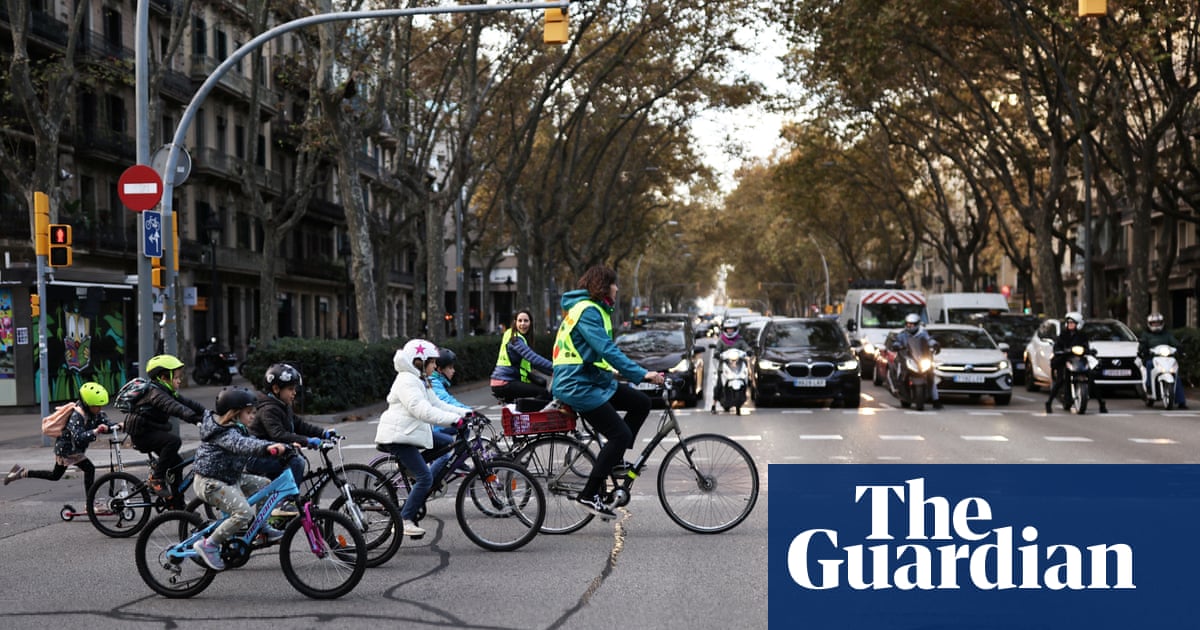
Epidemics of cholera and other infectious diseases in the 19th century taught us that clean drinking water, sewage and waste collection were essential for healthy cities.
Now scientists around the world are thinking about how the way we build and operate modern infrastructure relates to the everyday burden of illness.
According to Dr Haneen Khreis from the University of Cambridge, a co-author of a review looking at the topic: “There is a large and preventable burden of respiratory health due to current urban and transport planning. Our health and wellbeing should be the core of planning and policymaking.”
Her review, published in the Lancet Respiratory Medicine,highlights evidence of improvements in air pollution from many low emission zone (LEZ) schemes. More than 320 LEZs now operate across the UK and Europe to curb the use of the most polluting vehicles. It also reports a 6-9% reduction in the traffic pollution in and around a low traffic neighbourhood in London and up to 25% decreases from Barcelona’s “super blocks”, where accessibility and pedestrians are prioritised over cars.
Separate research by Imperial College London also found clear reduction in heart and circulatory problems in five out of eight LEZ studies. These included fewer admissions to hospital, fewer deaths from heart attacks and strokes, and fewer people with blood pressure problems. Out of five studies that looked at lung health, two found improvements and the remainder showed no definite result. None showed a clear deterioration.
Prof Mark Nieuwenhuijsen from the research institute ISGlobal, who led the new policy review, said: “Air pollution policies often focus on legal compliance and forget that the primary aim is to prevent disease and maintain health. They rely too much on technical solutions and miss the additional health benefits from shifting private car use to public transport, cycling and walking.”
A five-year study of 260,000 working people in the UK has found that people who cycled to work were healthier and living longer than those who commuted by car. Along with people who walked to work, cycling commuters also had lower rates of heart disease.
Putting public money into local amenities such as shops, schools, healthcare and social spaces such as parks, pubs and restaurants can create opportunities to walk, cycle or use public transport for the things we do every day. This is at the heart of the modern 15-minute city concept. It was also the pattern for villages, towns and cities before the second half of the 20th century.
“Creating environments where every essential is within a 15-minute walk or bike ride fosters consistent physical activity. This diminishes risks associated with a sedentary lifestyle and elevates air quality,” according to Prof Carlos Moreno of Université Paris 1 Panthéon-Sorbonne, who was not involved in the new review.
It is not just health that is improved, according to Moreno, who says the low-traffic designs also amplify quality of life and wellbeing. “They champion green spaces and shared communal areas, nurturing the mental health of residents and strengthening communal ties.”
Despite the evidence of their benefits, these projects can get caught up in political controversy. Nieuwenhuijsen said: “Often the problem is the absence of a shared vision of a better city, no clear rational such as better respiratory health, and pathways to get there. Too often citizens think that restrictions and costs are imposed by a city council to pester them. We need more co-creation and engagement to create and implement a vision of a sustainable, livable and healthy city.”
This article was amended on 20 October 2023. An earlier version misspelled Dr Haneen Khreis’s surname and misgendered her. Also due to an editing error research into LEZ by Imperial College London was wrongly credited to ISGlobal.











